The publication of The Grocer’s Dairymen supplement last weekend was somewhat overshadowed by the death of Queen Elizabeth II and the incredible state funeral.
But it’s a cracking read: thoughtful, exhaustively researched, and inspirational too.
Inevitably it’s dominated by one prevailing theme: inflation. How can it not be? Whether it’s the cost of a pint of milk rising 65% to 86p in the supermarkets (and £1.05 in a Sainsbury’s Local), or reports of shoppers ‘giving up’ on seeing the price of own-label butter, it raises the serious question of whether dairy will soon be seen as a luxury.
It’s some way off, but there’s no question, shoppers are considering their options. That could mean switching shops. Or switching from brands to own label. Or switching tiers within own label. Or switching pack sizes, whether buying in bulk for a better price, or going for a lower entry price point and potentially reducing waste.
The one thing it won’t cause is shoppers to switch to plant-based because, for all the inflation there’s been in the dairy sector, plant-based milk is still more expensive.
True, the gap is closing, and some specialist milks are really not that far behind, but the price of dairy-free milks is also rising, as it faces many of the same issues (even more so in the battle between butter and spreads).
The other likely option as the prices of milk and other dairy products soar is for shoppers to consume less. That would be a huge shame because dairy is not only incredibly healthy, it is still – yes, still – amazing value given its credentials and relative to other alternatives. It just doesn’t feel like it quite so much.
So, what should the industry do? First, it needs to demonstrate its worth by leaning into the value equation.
Take milk. It is still way cheaper than Coca-Cola – and way more versatile.
Nutrition-wise, it’s a complete meal to rival the likes of Huel, containing all the major nutrients we need, even as adults, to survive.
As a sports and energy drink, it has isotonic properties at least equal to or greater than far more expensive rivals.
Comparisons are good. And comparisons like this also need to be forged in adjacent subcategories like yoghurt, ice cream, cheese and spreads.
Second, retailers and suppliers need to tackle price architecture, keeping entry price points for the category down through smaller pack sizes and avoiding own goals like having larger packs that cost more money per kilo.
Finally, dairy needs to keep marketing and innovating. In this special supplement, we’ve showcased some concepts dreamed up by design agencies in the ‘Creative Challenge’. But there’s lots of evidence of innovation already at work.
Whether it’s for reasons of sustainability, value, health, convenience, taste, luxury or prevailing consumer trends, there’s still scope for dairy to delight shoppers in new ways, driven on by new blood, greater collaboration and superbly executed marketing.







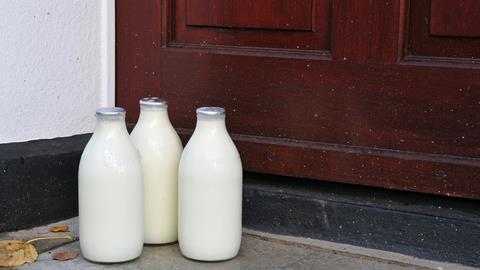
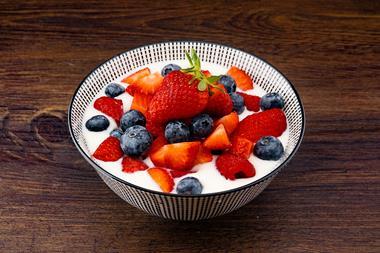
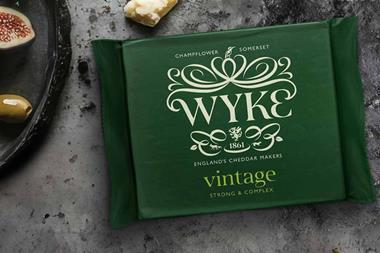



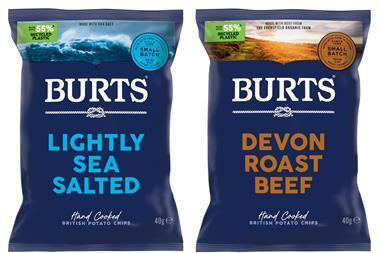


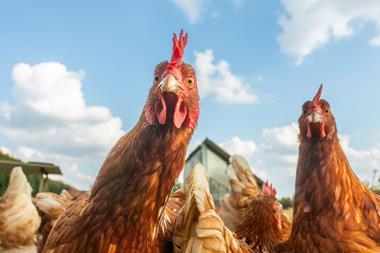



2 Readers' comments